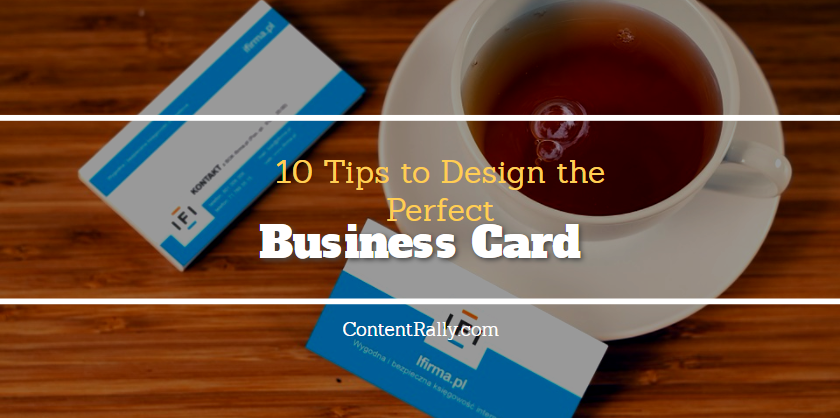Portable tradeshow displays offer numerous advantages for businesses that are aiming at cutting down on costs without giving up on exhibition. It has the design of being light weight, easy, and small to transport, allowing you to enjoy a hassle free and cost effective display experience. While they may not have all the options for custom exhibits, they can get the design of supporting the goals of the trade show. Below are some tips that can guide you when choosing the display of your choice.
Choose the display that will fit in your display space
Portable trade show displays are smaller than the custom exhibits. Their light weight and smaller size are part of what makes them easy to transport. However, they can be put together or purchased in different sizes to match the display space you own.
For the same reason, you need to start by creating an effective display that will fit into the available space you have. You need to fill the space you have so that you can attract visitors to your stand. Therefore, choosing a larger display or constructing additions like LCD screens in a small display area will add both size and appeal.
Choose a background similar to the business colors
A lot of trade show displays have background material that the messaging and graphics are added. While the material may not be as crucial as designing images that are outstanding to attendees, the background appearance will play a role in the impact of the display to your visitors. For example, colors like red captures the attention visitors while yellow and blue showcases professionalism.
Therefore, when crafting a display, you need to choose a background color that will match your business. If your business is edgy, for example, you will have to choose a bright and bold color. However, in case your industry runs on professionalism, you need to choose cooler colors. It is vital to choose a background which meshes with your brand to keep your message cohesive. The immediate result is telling your visitors who you are.
Create a visible and clear message
Messaging is critical for any portable trade show display, be it a custom exhibit, rental exhibit, or a portable display. Nevertheless, the message type you choose for your display will differentiate between attaining the attention you want or falling short of your goals. For this reason, it is vital to spend time to create a visible, clear message for your display.
Especially, on small displays, visitors need to determine your business and what they can benefit from it. The elements which lead to clear and visible messaging are a short message, clear fonts, and a visible size for the attendees to see the messaging from far. The display should showcase a message that is readable and with the likeness of attracting visitors.
Build a balance in your design
When creating your portable displays, incorporating balance is key. It means that all images, text, and colors need to spread out in a way that is visually satisfying. For example, large images and dark colors are heavy to users, and therefore need to be counteracted with smaller objects and lighter colors. When you get the right balance, the display will be refreshing and even.
If you desire to create effective portable trade show displays, you need to consider adding details that enhances the overall appearance of your displays. Even though portable displays are not similar to custom displays, you can add technology, lighting, and other accessories. These features will enhance the effectiveness of the display by making it to be more interactive, modern, and polished than it would be without the additives.






















